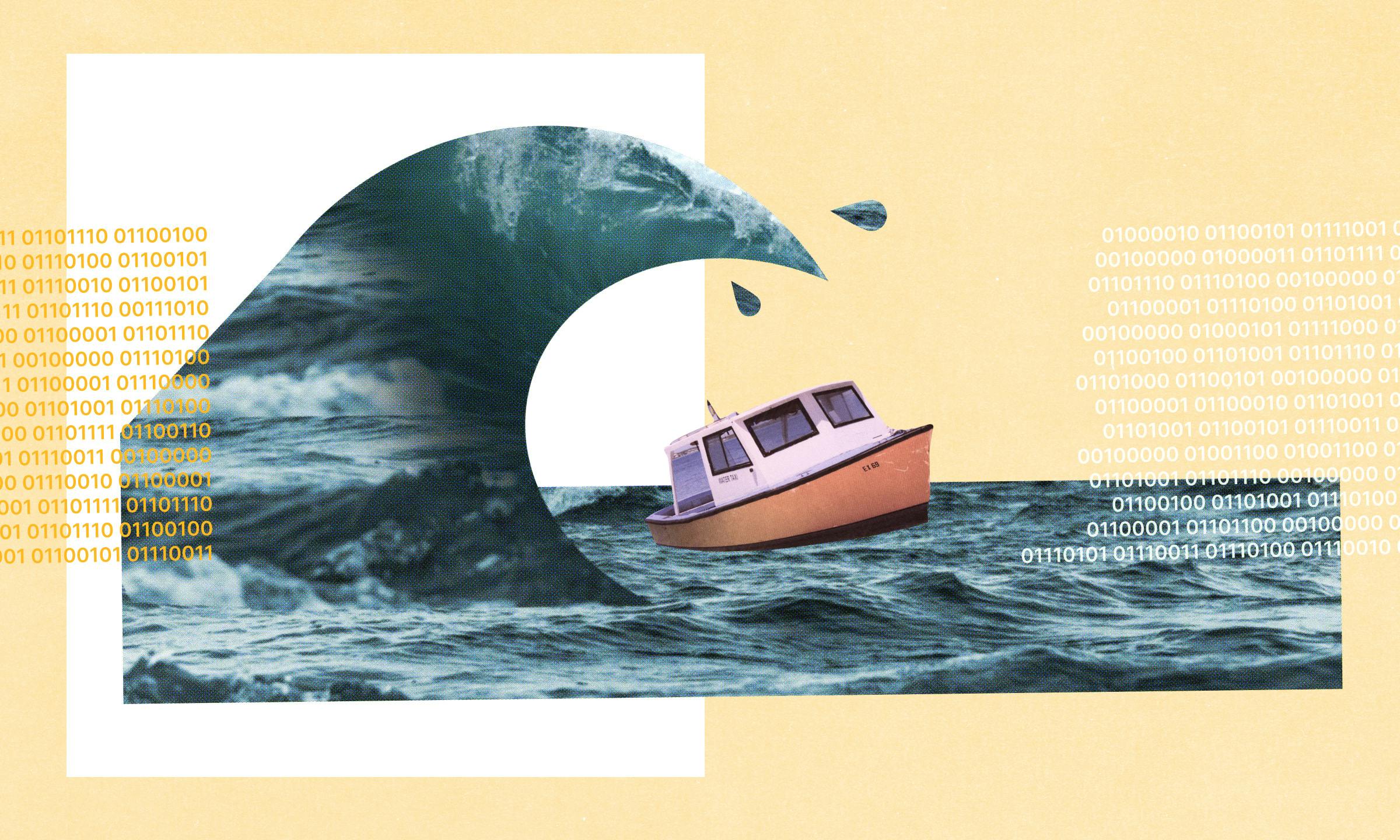What Great Strategic Partners Know

In guiding organizations through pivotal moments of transformation, I’ve observed a consistent pattern: the quality of the strategic partnership fundamentally determines the outcome.
After years of helping leaders navigate brand evolution, marketing transformation, and AI adoption, I’ve learned that success depends on more than just expertise—it requires a carefully cultivated partnership built on mutual understanding and shared commitment.
The distinction between transformative and merely transactional partnerships often comes down to how both parties approach the relationship. When organizations view strategic consulting through a traditional vendor lens, they limit the potential for meaningful change. True transformation emerges when both consultant and client recognize their interconnected roles in driving substantial, lasting impact.
Drawing from my experience leading organizations through strategic change, I’ve identified several key elements that characterize successful partnerships.
Embracing Strategic Guidance
The most successful transformations occur when organizations are ready to be guided by expertise while maintaining their active engagement in the process. This doesn’t mean accepting recommendations without scrutiny—quite the opposite. It means entering into a dynamic where strategic insight can be shared, challenged, and refined through meaningful dialogue.
My role as a strategic advisor is grounded in years of focused work at the intersection of brand, marketing, and AI transformation. This specialization enables me to guide organizations toward solutions that may stretch beyond their initial comfort zone but ultimately deliver exceptional results.
Transparency as a Strategic Advantage
Organizational transformation requires complete clarity about constraints and capabilities. Leaders sometimes hesitate to share full details about their limitations—whether budgetary, technological, or operational. However, this hesitation can significantly impair the development of effective strategies.
Consider the impact of developing an AI transformation roadmap without a clear understanding of your organization’s technical debt, data architecture, or team capabilities. The resulting strategy, however elegant in theory, would likely fail in execution.
My approach to strategic advisory work depends on having a comprehensive understanding of your organization’s reality. This allows me to craft recommendations that not only drive transformation but are genuinely achievable within your constraints.
Presenting Challenges, Not Solutions
A medical analogy proves particularly apt here: When consulting a specialist, patients describe their symptoms rather than prescribing their own treatment. The specialist then employs their expertise to diagnose the underlying condition and recommend an appropriate course of action.
Similarly, organizations achieve the best results when they thoroughly articulate their challenges rather than presenting predetermined solutions. While you may have strong hypotheses about both problems and solutions—and these insights are valuable—the most effective strategies emerge from a rigorous diagnostic process that considers all available options.
Committing to the Strategic Process
Transformation is inherently complex. The path from current state to future state rarely follows a straight line. The strategic process involves cycles of divergent and convergent thinking, challenging assumptions, and iterative refinement of solutions.
This complexity is not a flaw but a feature of meaningful transformation. Each iteration, each challenging conversation, each refinement brings us closer to strategies that will drive lasting change.
The organizations that achieve the most significant results understand this reality. They recognize that while we maintain clear milestones and work within defined constraints, the path to transformation requires patience, persistence, and trust in the process.
Moving Forward
As you consider your organization’s pivotal moments—whether they involve brand transformation, marketing evolution, or AI adoption—remember that the foundation of success lies in how you approach the strategic partnership.
The most impactful transformations I’ve led have all shared these characteristics: embracing strategic guidance, maintaining transparency, focusing on challenges rather than solutions, and committing to the process. When these elements align, organizations don’t just navigate change—they emerge stronger, more capable, and better positioned for sustained growth.


